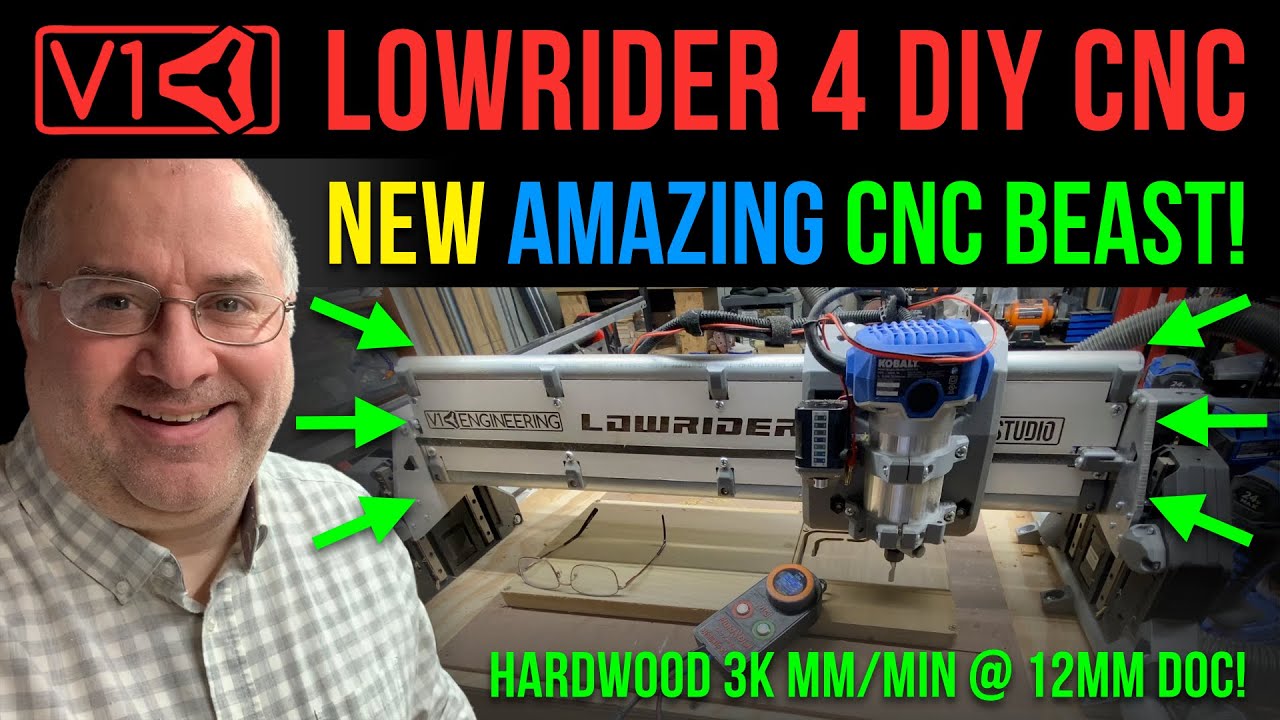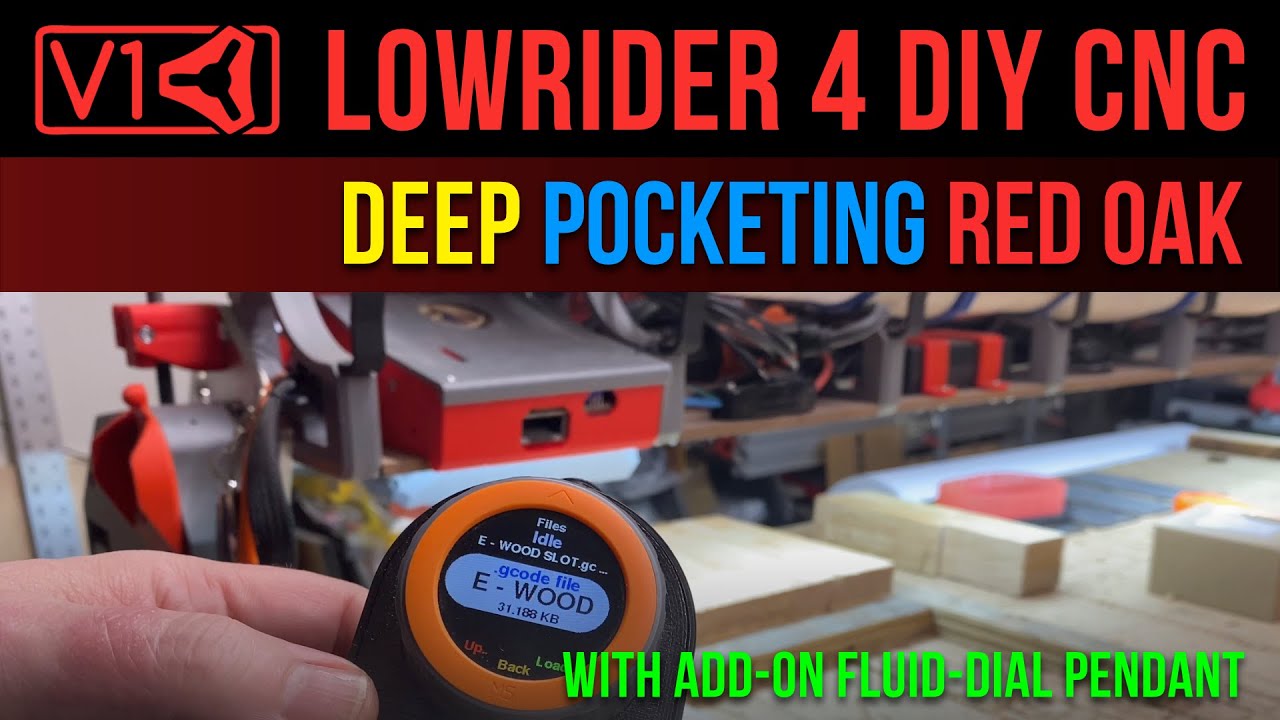Looks like it’s been here around 6 months. Looks to be half the top speed of an OneFinity, but, looks well within 1/4" normal speeds and feeds (looks like nothing keeps up with the hogger bits).
Basically, I want to build this to cut out some full sheet projects and try my hand at 3d carving (I bought Risteki’s FB package and it looks stunning. We’ll see how Fusion likes it…). I had a MaslowCNC (v1) and it was too slow to be used with a fixed-speed router (now I know, so I’ll be getting one of those Dewalt ones).
How long have you been cutting / how much / any problems?
Are you breaking more bits than the machine or ?
I gots mostly pine, so… I dunno about hardwoords. I can get some oak. And I’d like to cut some 1/4" aluminum…
My plan is a tilting torsion box table (easier to load/unload, everything stock for now. Top surface would probably be out of a junked table tennis top. What makes a great spoilboard for this guy? I was thinking dog holes to keep everything really low… but I’ve heard hardboard is tough on bits…
First iteration would be to use the web interface with Jackpot (hello LowRider) and a junk tablet as the pendant (I prefer to keep my cadputer away from the chipsnbits)…
What are the speeds and accel rates of this beastie?
How do you keep the axes clean? Does anyone make a dust brush for EMT?
Thinking upgrading to Nema23 motors would be good (I know the JackPot can’t do the full 5A, but even at 2A, it looks like I can get almost double the torque)… but I think I’ll build stock first, then another head module with the Nema23 & a 6" Z height… and other things…
I had so many problems with the Maslow (great machine, except… lots of tension in unknown places, yes, a tubafor is kinda bendy, and very slow and a real strain on the frame and the servos and it couldn’t carve), that I want to upgrade…
So… is LR4 a valid upgrade? Can it do the aluminum side plates (yes, I have an end mill for aluminum – but sheet goods on my C mill are… annoying.)?

